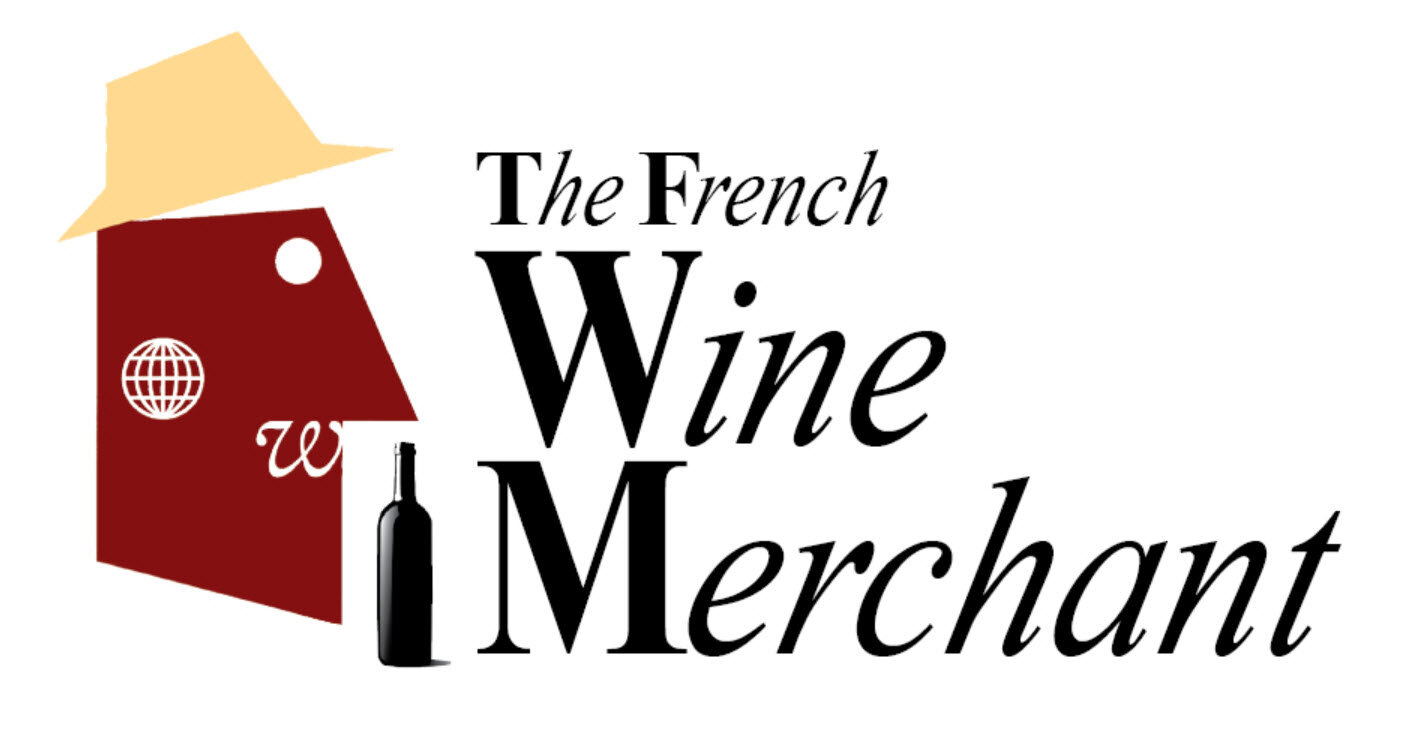Unraveling the Tannin Tapestry: How Grape Varieties Shape Red and White Wines
Tannins, those enigmatic compounds lurking within our wine glasses, wield a fascinating influence over the taste, feel, and evolution of our favorite vintages. While both red and white wines harbor these intriguing substances, it's the realm of red wines where tannins truly steal the spotlight as red wines tend to showcase them more prominently. This distinction arises from the winemaking process and the grape varieties chosen for each style, leading to variations in tannin presence.
Tannins are primarily derived from the skins, seeds, and stems of grapes. When crafting red wines, the winemaking process involves prolonged contact between the grape juice and these components during fermentation. As a result, red wines gain a higher concentration of tannins compared to their white counterparts. The skins impart color, flavor, and texture to red wines, along with a healthy dose of tannins that create that characteristic dry, mouth-puckering sensation.
In contrast, white wines employ a gentler approach. They are typically made by separating the grape juice from the skins relatively early in the production process, minimizing the contact time and consequently the extraction of tannins. By emphasizing finesse and fragility, the stage is set for the vibrant and fruity traits of white grapes to take center spotlight, ultimately giving rise to wines that are beautifully delicate and gracefully light on the palate.
How Grape Clusters Contribute to Wine's Complex Character
In the intricate process of crafting wine, the unassuming stems nestled within grape clusters also wield a unique influence on tannins, particularly in red winemaking. Stems contain tannins known as "stem tannins" or "stalk tannins." These tannins are distinct from those found in grape skins and seeds, often imparting a slightly different character to the wine. Stem tannins can contribute additional structure, complexity, and astringency to the wine's profile. Winemakers have the option to include or exclude stems during the winemaking process, and this decision can have a notable impact on the final product.
Including stems in the fermentation process can enhance the tannic structure of the wine. The stems' tannins are typically less intense than those from grape skins, which can provide a balanced and nuanced tannin profile. Stem inclusion can also contribute herbal, spicy, or earthy notes to the wine, adding layers of complexity to the flavor profile and enhancing one above the other in the palate.
However, using stems in winemaking requires careful consideration. Overusing stems can lead to excessive bitterness or green, vegetal flavors in the wine. It requires a delicate touch to strike the right balance and ensure that the stem tannins harmonize with the overall character of the wine. Many winemakers opt for partial stem inclusion or adjust the winemaking techniques to ensure that the final wine benefits from the positive aspects of stem tannins without overpowering the other flavors and aromas.
From Vine to Tannin: How Grape Type Shapes and Influences Wine Character
Now, let's not forget that the types of grapes themselves play a significant role. This grape-driven influence is particularly evident in the prevalence of tannins, those enigmatic compounds that contribute to a wine's character and complexity. The choice between red and white grape varieties significantly impacts the levels of tannins in the final product.
Red wines, with their bold and robust personalities, owe their tannin-rich nature to specific grape varieties like Cabernet Sauvignon, Merlot, and Syrah. These grapes are naturally endowed with thicker skins and seeds, providing ample sources for tannin extraction during the winemaking process. As the grape juice mingles with these robust components during fermentation, tannins are woven into the wine's fabric, resulting in that characteristic dry, mouth-coating sensation that red wine enthusiasts appreciate.
On the flip side, the gentle elegance of white wines can be attributed to grape varieties such as Chardonnay, Sauvignon Blanc, and Riesling. These grapes possess thinner skins and fewer tannins, which imparts a lighter touch to the resulting wines. The winemaking process for white wines typically involves shorter contact time between the grape juice and the skins, preserving the fresh and fruity aspects of the grapes while minimizing the extraction of tannins. This careful approach allows white wines to maintain a smoother and more approachable profile, perfect for those seeking a lighter experience.
In essence, the varying prevalence of tannins in red and white wines is a harmonious dance between winemaking techniques and the inherent characteristics of grape varieties. The extended skin contact in red wine fermentation begets rich tannins, endowing these wines with robust flavor, textured depth, and aging potential. On the other hand, white wines, guided by their lighter grape varieties and shorter skin contact, exude a refreshing and delicate charm. Understanding the interplay between these elements enriches our appreciation of the diverse universe of wines, highlighting the intricate decisions made by winemakers and the unique stories told by each bottle.


